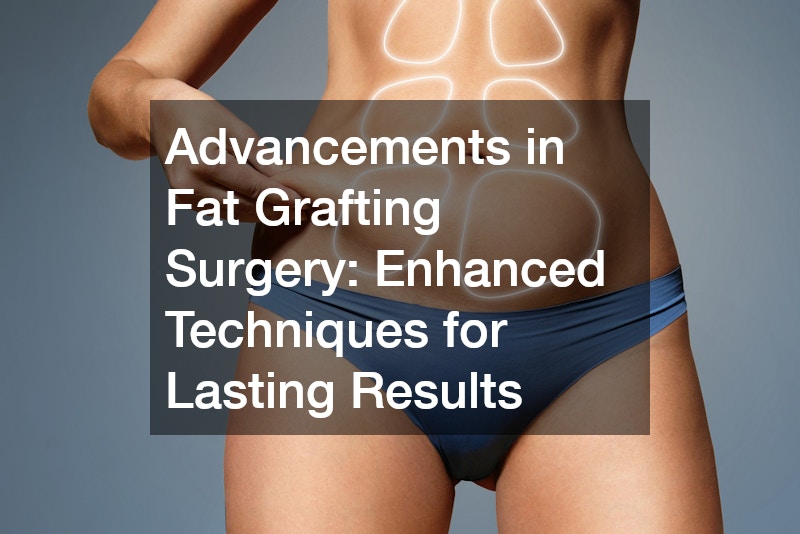Fat grafting surgery has evolved significantly in recent years, driven by advancements in technology and techniques that have transformed its effectiveness and popularity. This procedure, which involves harvesting fat from one part of the body and injecting it into another area to enhance volume and contour, has seen remarkable improvements, making it a more viable and appealing option for many patients.
Improved Fat Purification Techniques
One of the major breakthroughs in fat grafting surgery is the development of advanced fat purification methods. Traditional fat purification techniques were less effective at removing contaminants such as blood, oil, debris, and connective tissue.
These impurities could negatively impact the viability of the fat cells, leading to less favorable results.
Recent advancements have introduced more efficient purification systems, such as the microfilter system known as PureGraft. This technology significantly improves the quality of the fat by effectively separating and removing contaminants. The result is a more refined fat product with higher cell viability, which translates into better outcomes for the patient.
Incorporation of Growth Factors and Stem Cells
Another exciting development in fat grafting surgery is the integration of growth factors and stem cells into the process. After the fat is purified, it is infused with these biologically active substances to further enhance cell survival and integration. Platelet-rich plasma (PRP), derived from the patient’s own blood, and stem cells are known for their regenerative properties and ability to stimulate tissue healing and growth.
By combining purified fat with these growth factors, the grafting process becomes more effective. The enhanced fat grafts have a higher likelihood of surviving after injection and integrating with the surrounding tissue, leading to more natural and long-lasting results.
Precision in Injection Techniques
The precision of fat injection techniques has also improved, contributing to better outcomes in fat grafting surgery. Surgeons now use advanced methods to inject fat in very small amounts and at various layers of the muscle and tissue. This layered approach helps in achieving a smoother and more natural appearance, as the fat is distributed evenly and integrates more effectively with the existing tissue.
For men, common areas for fat grafting include the buttocks, chest, shoulders, arms, and calves. Women often seek fat grafting for facial rejuvenation, buttocks enhancement, breast augmentation, and reduction of cellulite. By tailoring the technique to the specific needs and goals of the patient, surgeons can achieve impressive and personalized results.
Long-Term Results
One of the key benefits of modern fat grafting surgery is the durability of the results. Thanks to improved purification, enhanced fat viability through growth factors and stem cells, and precise injection techniques, the results of fat grafting surgery are more stable and long-lasting. Patients can typically see noticeable changes within a few weeks, with final results becoming apparent after 6 to 12 weeks. The results are often permanent, providing lasting enhancements to the treated areas.
Conclusion
Advancements in fat grafting surgery have significantly enhanced the effectiveness and appeal of this procedure. With improved fat purification techniques, the incorporation of growth factors and stem cells, and refined injection methods, patients can achieve better and longer-lasting results. These innovations continue to make fat grafting surgery a popular choice for those seeking natural and lasting body contouring solutions.
.

